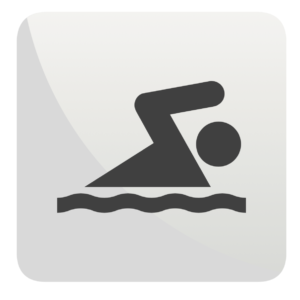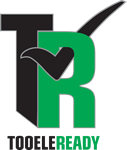Flooding

Actions for Flooding
Before a Flood
➤ Know the elevation of your property in relation to flood plains, streams, and other waterways. Determine if your property may be  flooded
flooded
➤ Plan what to do and where to go in case of a flood
➤ Prepare a Family Disaster Supply Kit
➤ Fill your car with gas in case you must evacuate
➤ Move furniture and essential items to higher elevation, if time permits
➤ Have a portable radio and flashlights with extra batteries
➤ Open basement windows to equalize water pressure on foundations and walls
➤ Secure your home
➤ Consider flood and earthquake insurance
Evacuation
➤ Listen to local radio or TV for weather information
➤ If asked to evacuate, shut off main power switch, main gas valve and water valve. Follow local evacuation plan and routes
➤ Do not attempt to drive over a flooded road, it may be washed out. While on the road, watch for possible flooding of bridges, dips, and low areas
➤ Watch out for damaged roads, slides, and fallen wires
➤ Drive slowly in water, use low gear
➤ Abandon your vehicle immediately if it stalls and seek higher ground
➤ Do not attempt to cross a stream on foot where water is above your knees
➤ Register at your designated evacuation reception center and remain there until informed you may leave
After a Flood
➤ Remain away from evacuated area until public health officials and building inspectors have given approval
➤ Check for structural damage before entering buildings or home
➤ Make sure electricity is off. Watch for electrical wires
➤ Do not use open flame as a light source because of the possibility of escaping gas. Use flashlights. Beware of dangerous sparks
➤ Do not use food contaminated by flood water
➤ Test drinking water for suitability with test kits
➤ Avoid walking in flood water. Do not let children play in flood water

